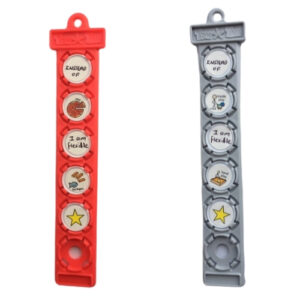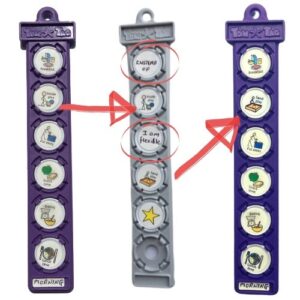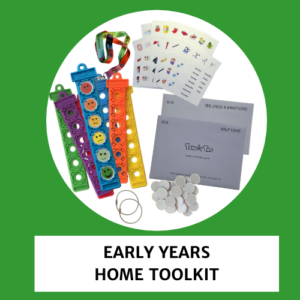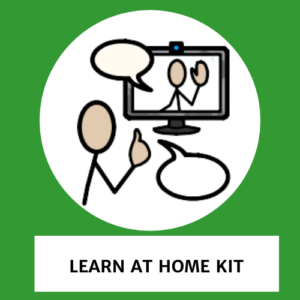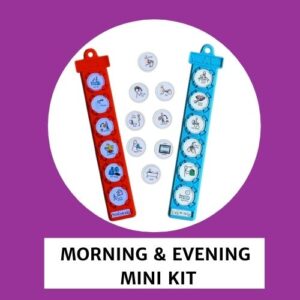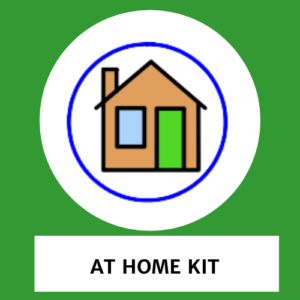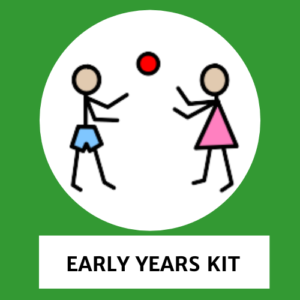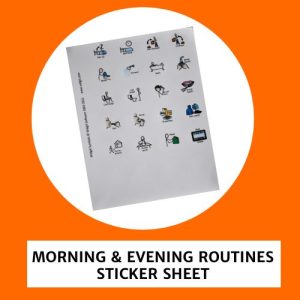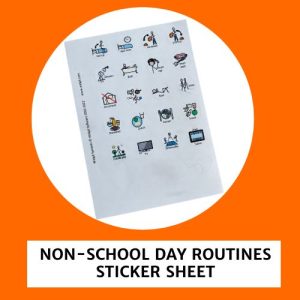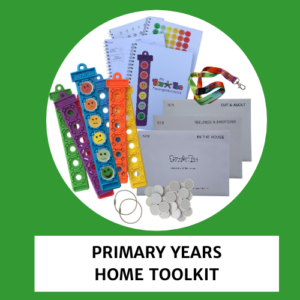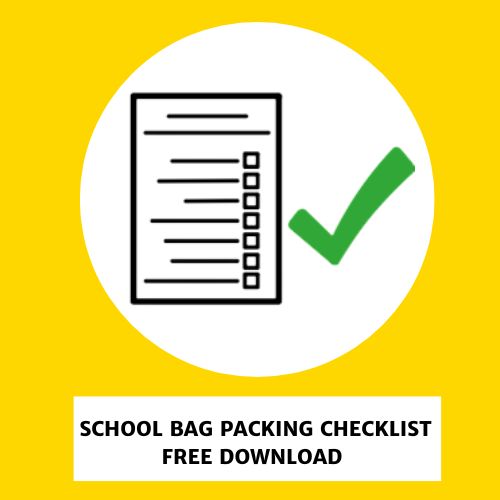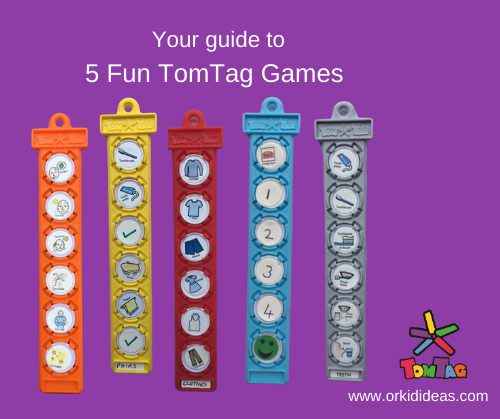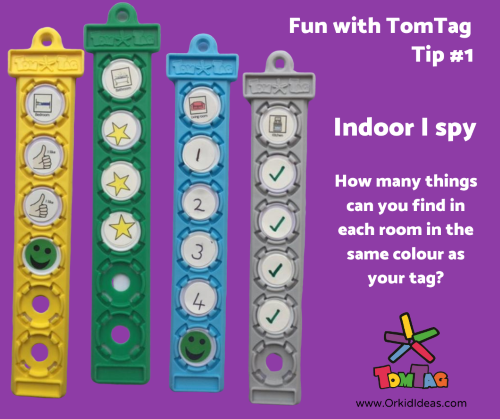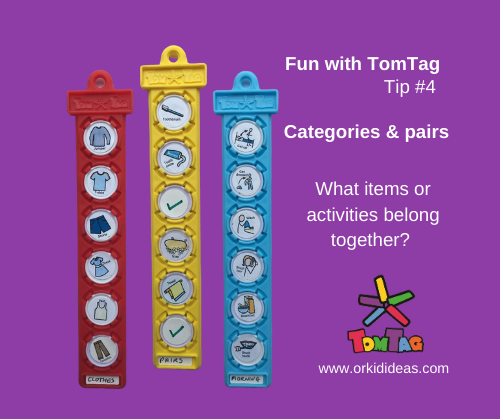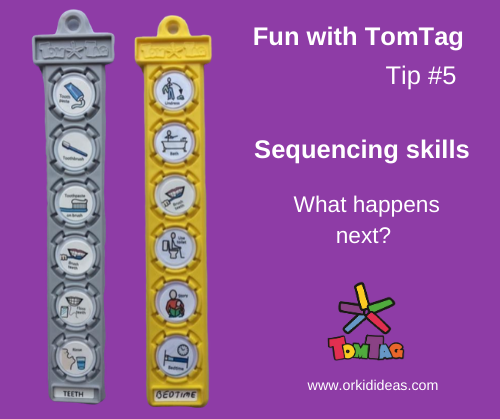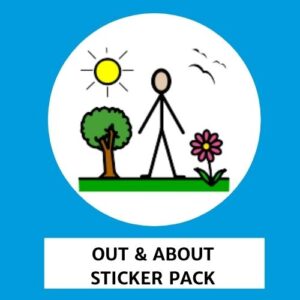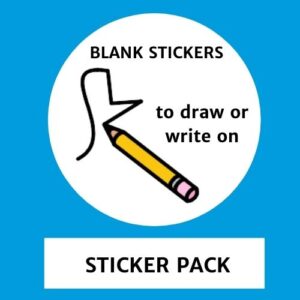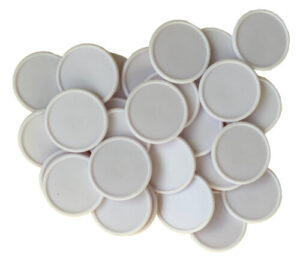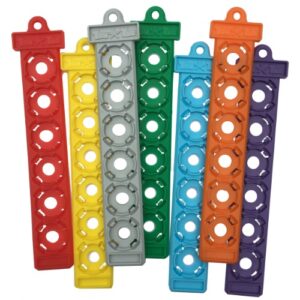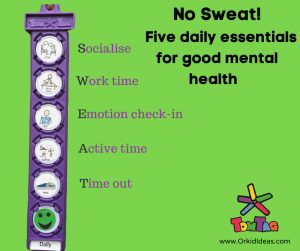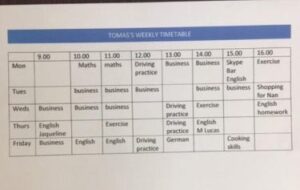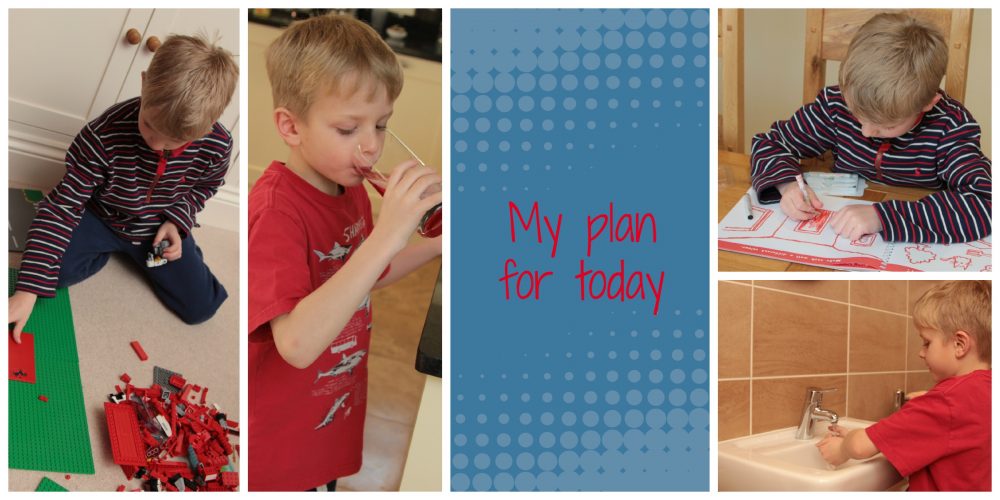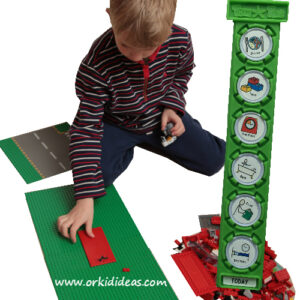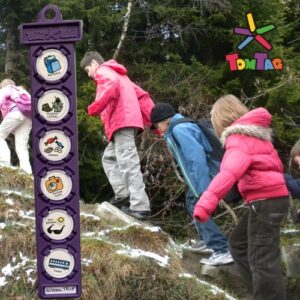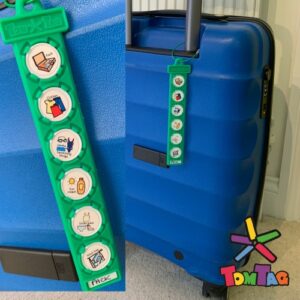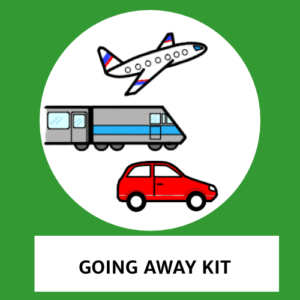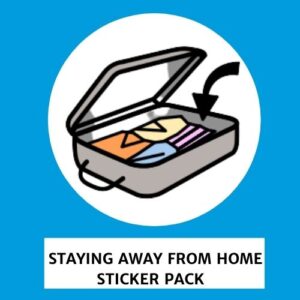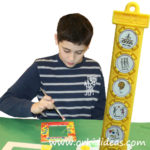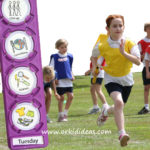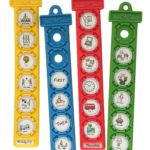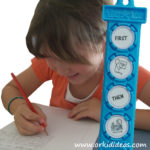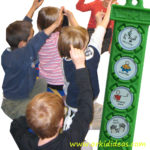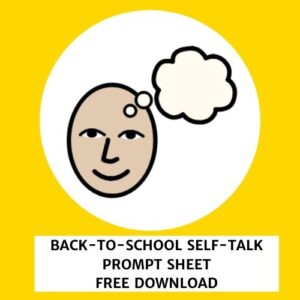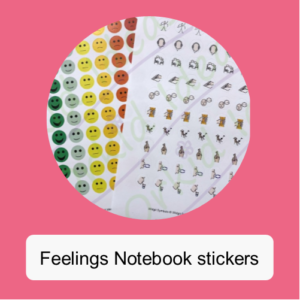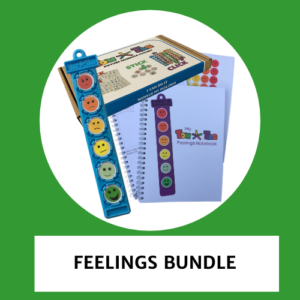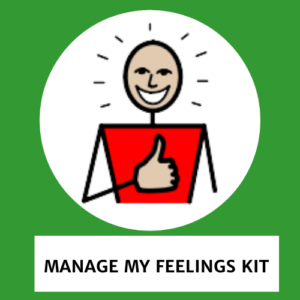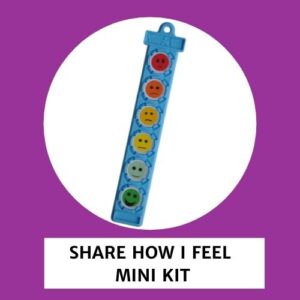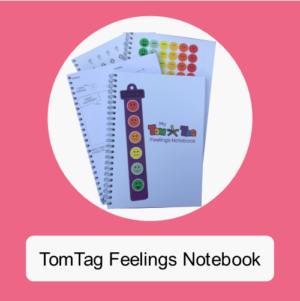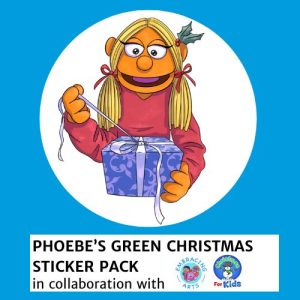
Occupational Therapy Week takes place this week in the UK .
It has prompted me to reflect on the occupational therapy (OT) my son, Tom has received over the years. Gulp… it’s also focused my mind on the amount of money I’ve spent on buying OT resources!
The main emphasis for Tom has been Sensory Integration Therapy to help him cope with his sensory difficulties. A personalised programme of activities focusing on developing his gross and fine motor skills and his sensory perception (i.e. touch, body awareness, balance, auditory & visual skills) has been game changing.
Naturally some activities and resources have proved more successful than others so I thought it would be helpful to select our TOP 10 to share with you.
1. HUG & TUG
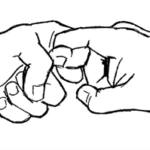
Tom followed a series of activities from The Handle Institute . Hug and Tug was one of his favorites and an exercise he still uses today.
This simple exercise can calm anxiety, increase concentration and help develop fine motor skills. Just needs two hands and can be done at any time!
Here’s how:
- Rest your arms on a supportive surface or place them lightly against your lower ribcage. Interlock your index fingers.
- Squeeze and pull with your interlocked index fingers – one relaxes as the other pulls, then the other relaxes and the other finger pulls. Both of your arms remain relaxed – only the fingers are moving.
- Repeat the back and forth pull-release three or four times as the index fingers stay hooked together.
- Unhook your index fingers and interlock your middle fingers , and repeat.
- Continue with all fingers and then, finally, hug and tug your thumbs
2. SCOOTER BOARD
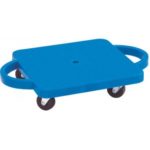
At his last school Tom cut quite a dash scooting along the corridor propelled by his arms! Great for building up shoulder stability and core strength.
Sensory Direct have some reasonably priced boards.
3. ANIMAL ACTION CARDS

Make a set of cards showing different animal walks then take it in turns to choose a card and complete the exercise shown on it. Try dog walks, bunny hops, kangaroo jumps, crab walks – whatever takes your fancy. Great for building upper body strength and a sense of humour!
This is a good activity to do with siblings and as a rainy day or birthday party game.
Stuck for ideas? Pop over to the blog Pinning With Purpose for some good tips on how to make your own animal exercise cards.
4. TIME SHOCK
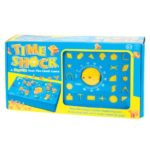
Have you got a steady hand? This frantic beat-the-clock game is great for developing fine motor skills and also uses visual memory.
The aim of the game is to place the shapes in the matching slot before the time runs out. Need nerves of steel though and can get competitive!
5. POP-UP TUNNEL
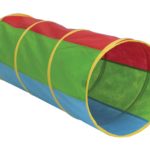
Crawling helps develop shoulder stability which is important for writing skills. This simple item also offers hours of fun playing peek-a-boo which encourages eye contact.
IKEA, Tesco and the like all have similar versions.
6. PUTTY
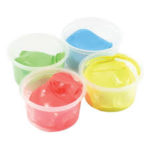
Great for developing hand muscle strength. You could even try making your own putty.
Fledglings have are some lovely reasonably-priced Rainbow Putty which comes in a variety of different colours and is colour-coded to indicate the level of resistance.
7. HIDDEN TREASURE
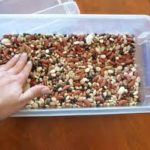
Fill a tub with rice or another pulse and hide small objects such as toy cars, figurines or sweets. Great to develop fine motor skills and another fun party game.
8. SWING

Swinging is good for vestibular movement. My son particularly liked this cuddle swing.
They can be expensive to buy so here’s some tips on how to make your own cuddle swing and there’s even some ideas for versions that don’t need attaching to the ceiling.
9. CRAFT ACTIVITY

There are plenty of options here – we chose to make our own domino game using card, craft foam, marker pens and stickers.
There were lots of opportunities to practice fine motor skills with all that cutting, sticking and drawing and we all enjoyed playing the finished result.
10. CHEWY TUBE

Our bright red T-shaped Chewy Tube saved many a shirt cuff and tie being shredded! Very resilient and helps develop chewing skills as well as reducing anxiety. Sensory Direct and Chewigem both have a good range of oral motor aids to choose from.
Click here to find out more about what occupational therapists do and how occupational therapy can help .




